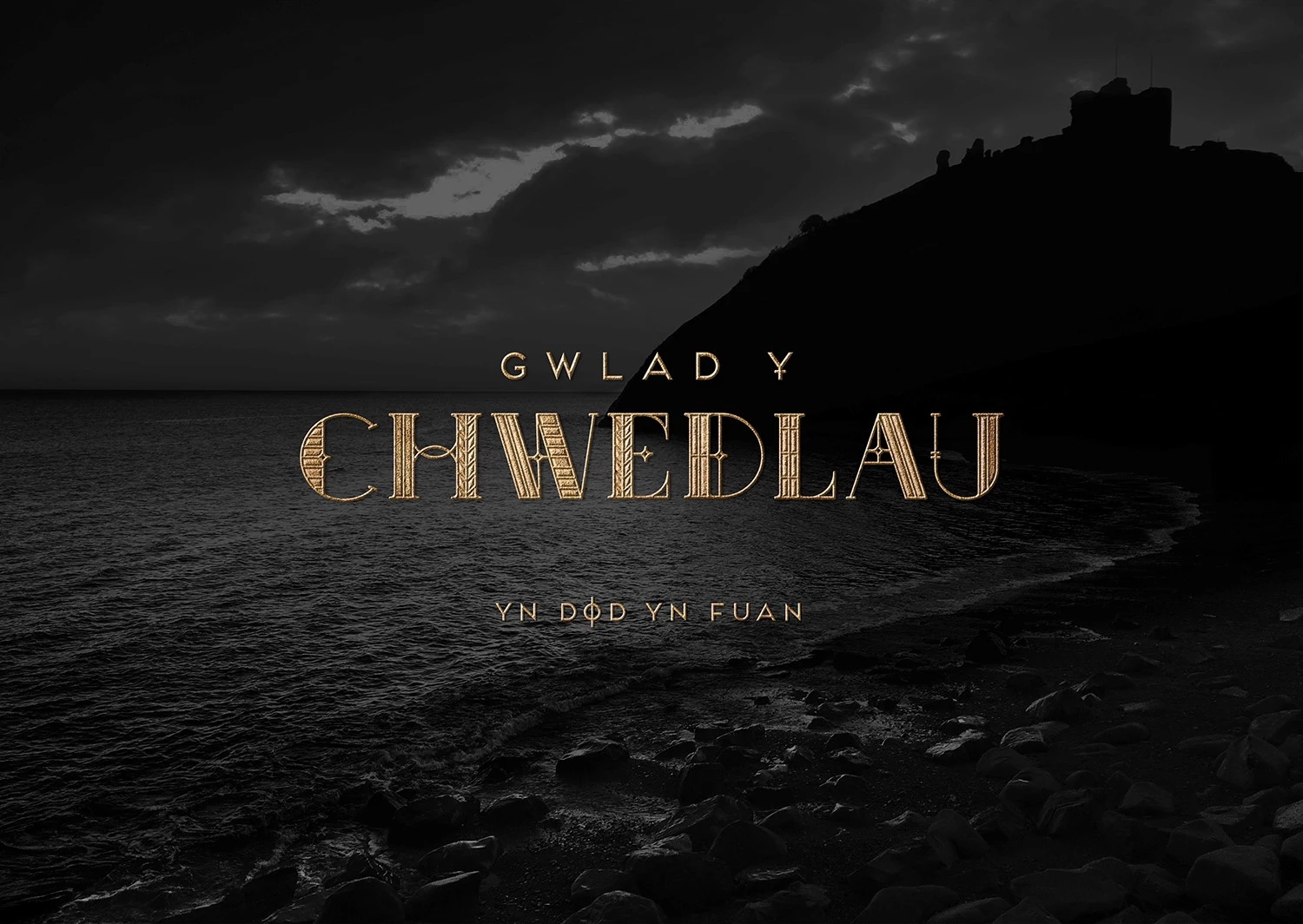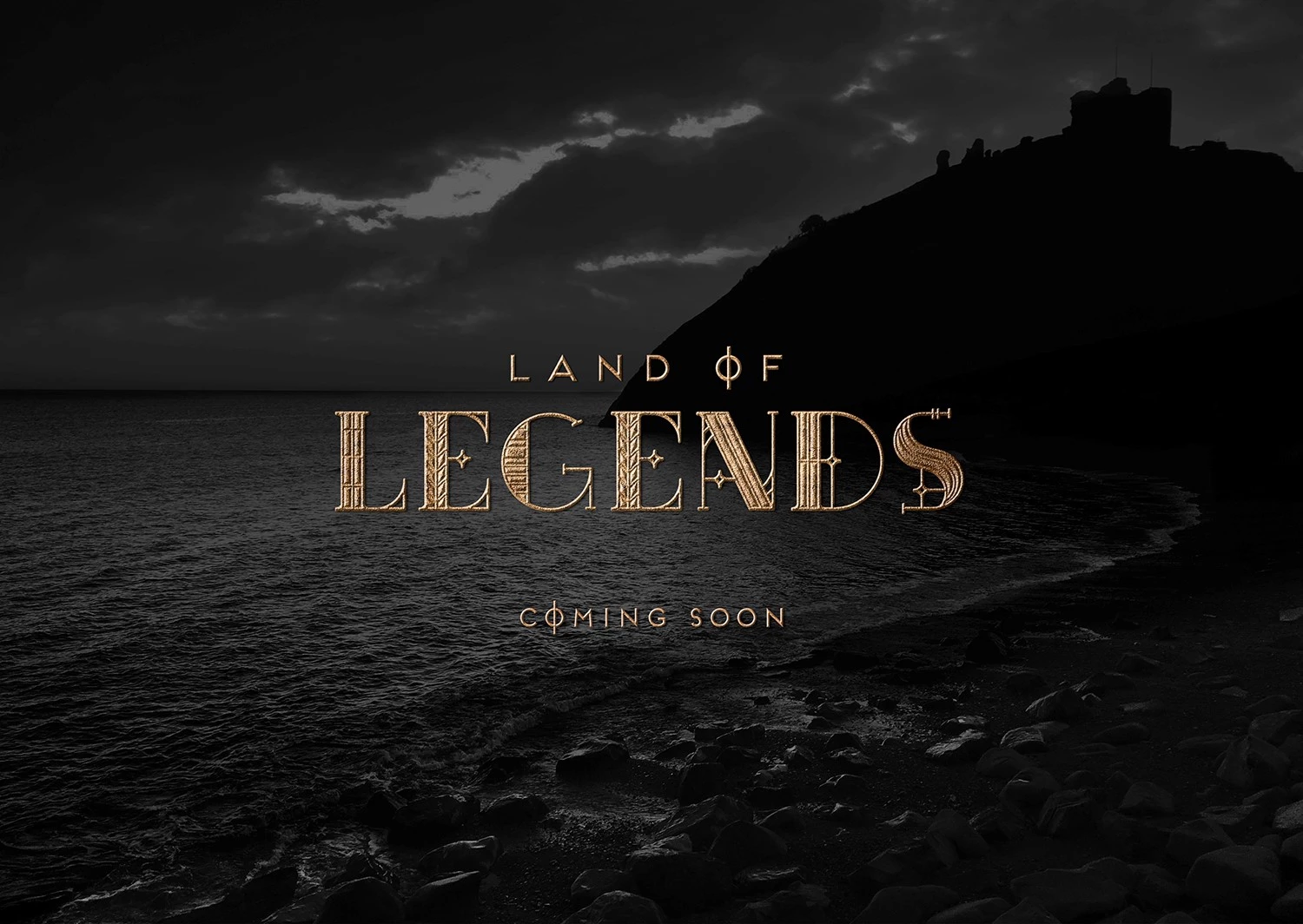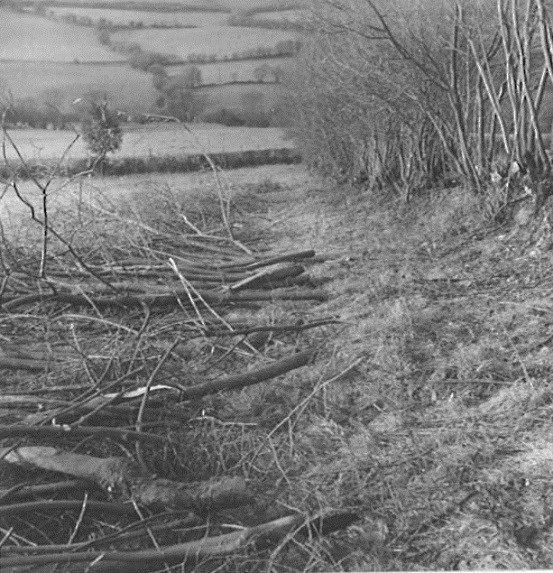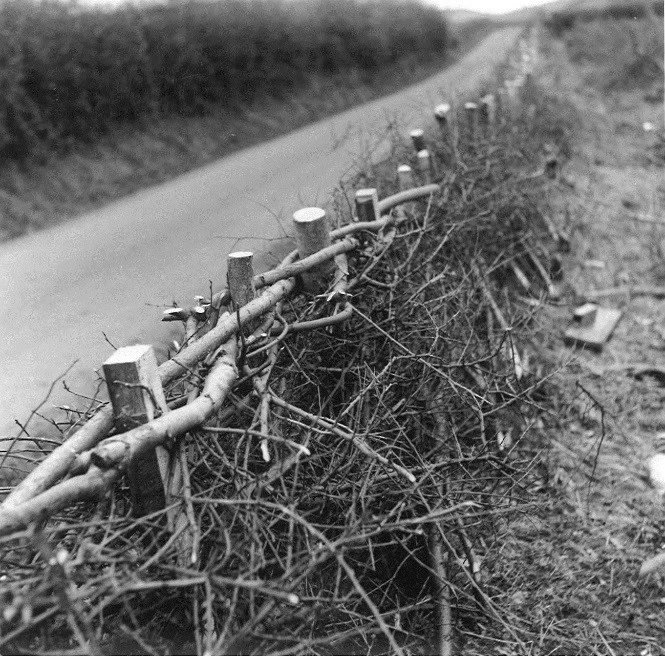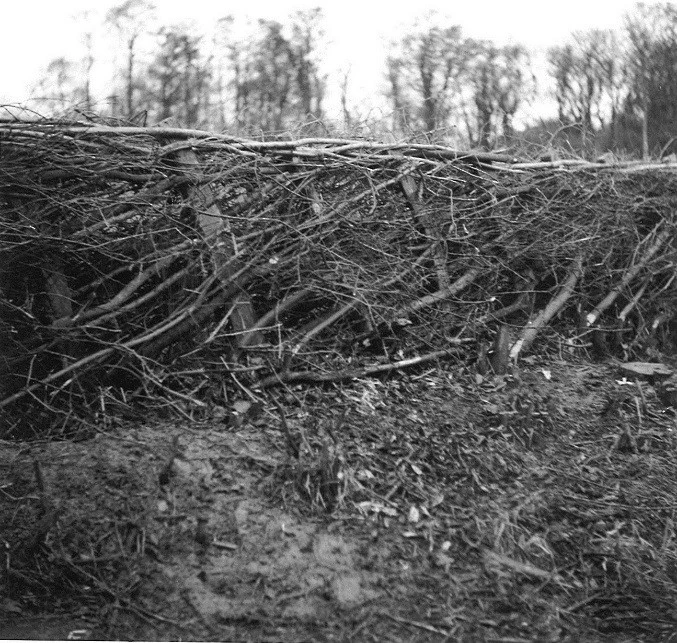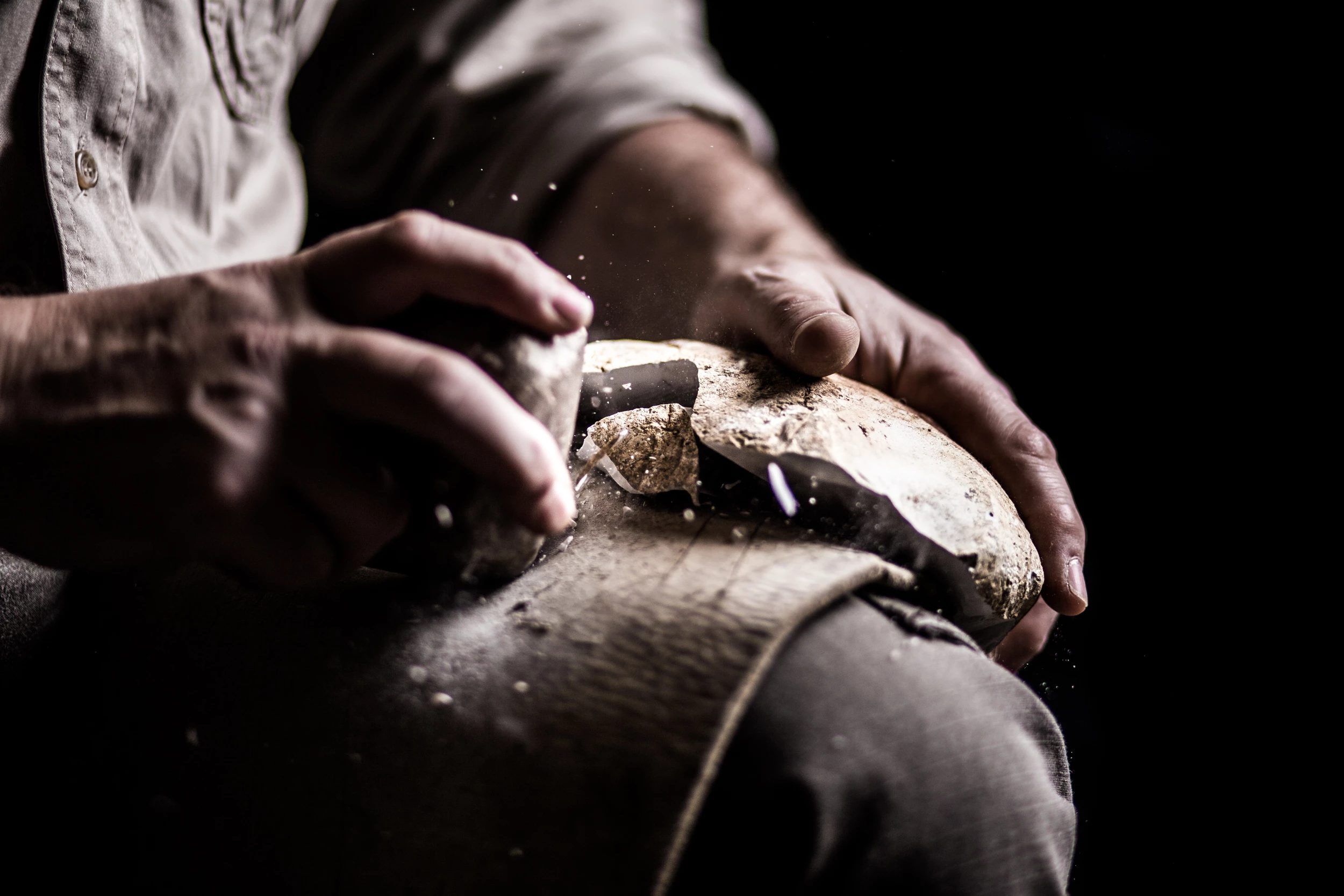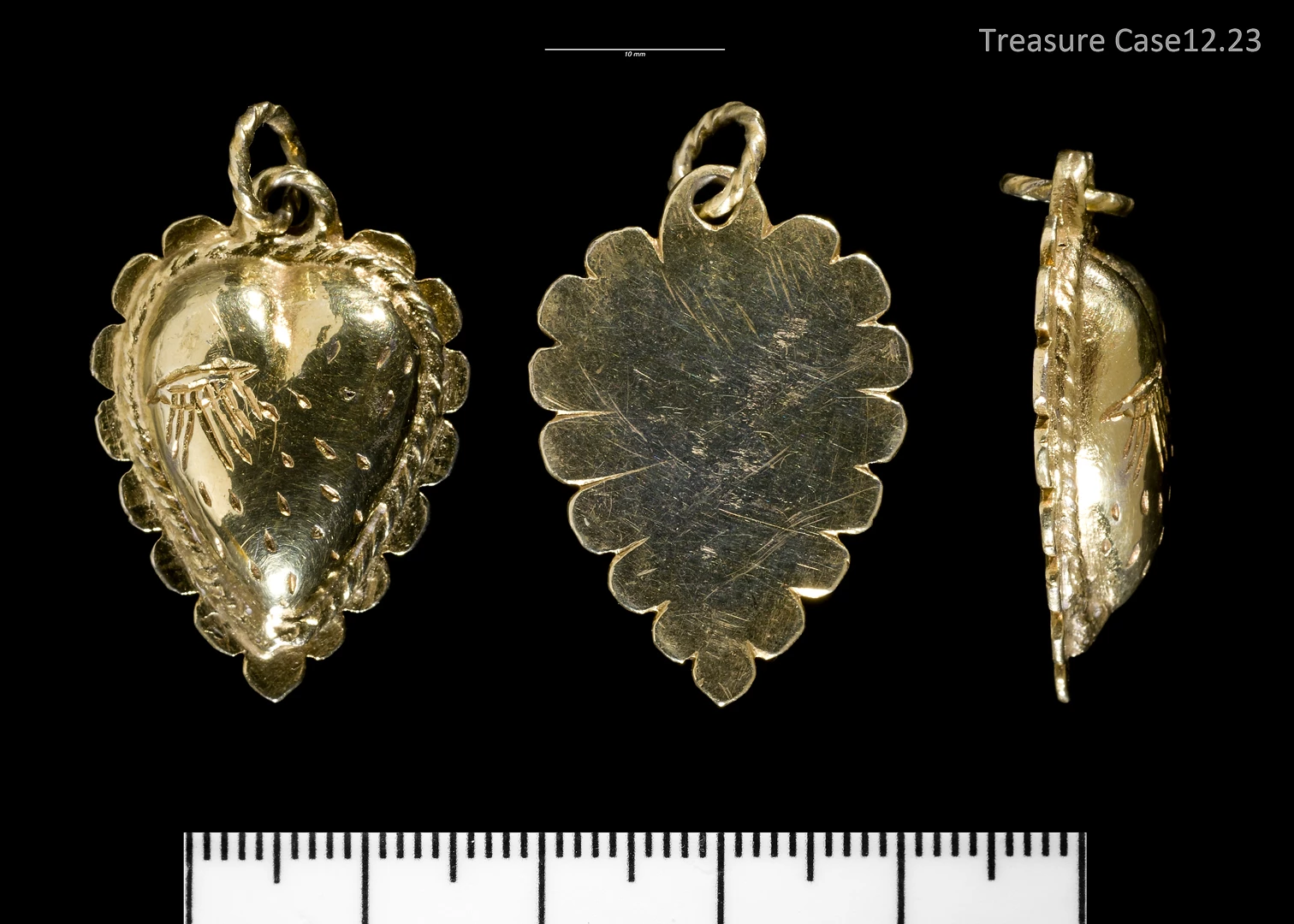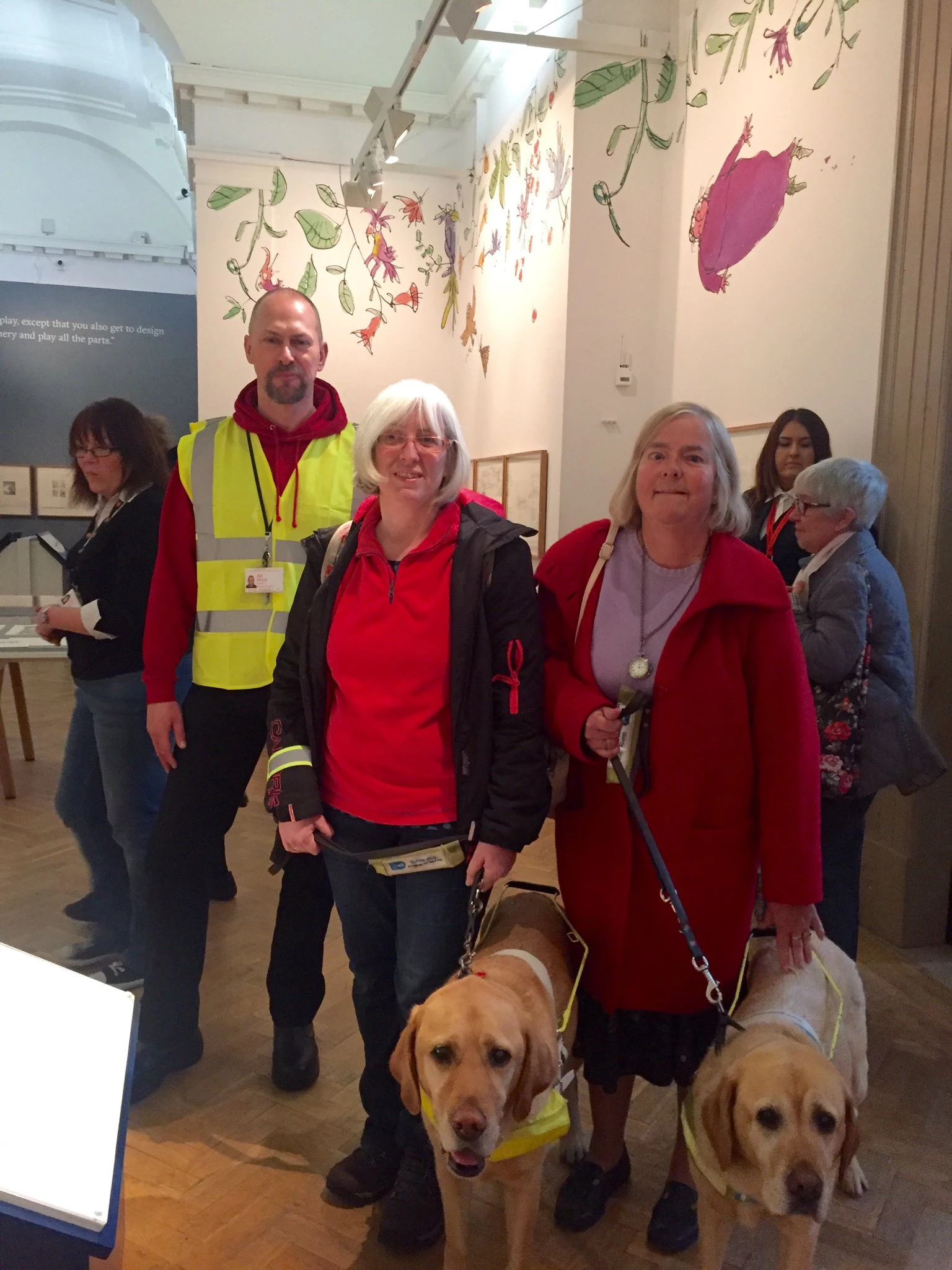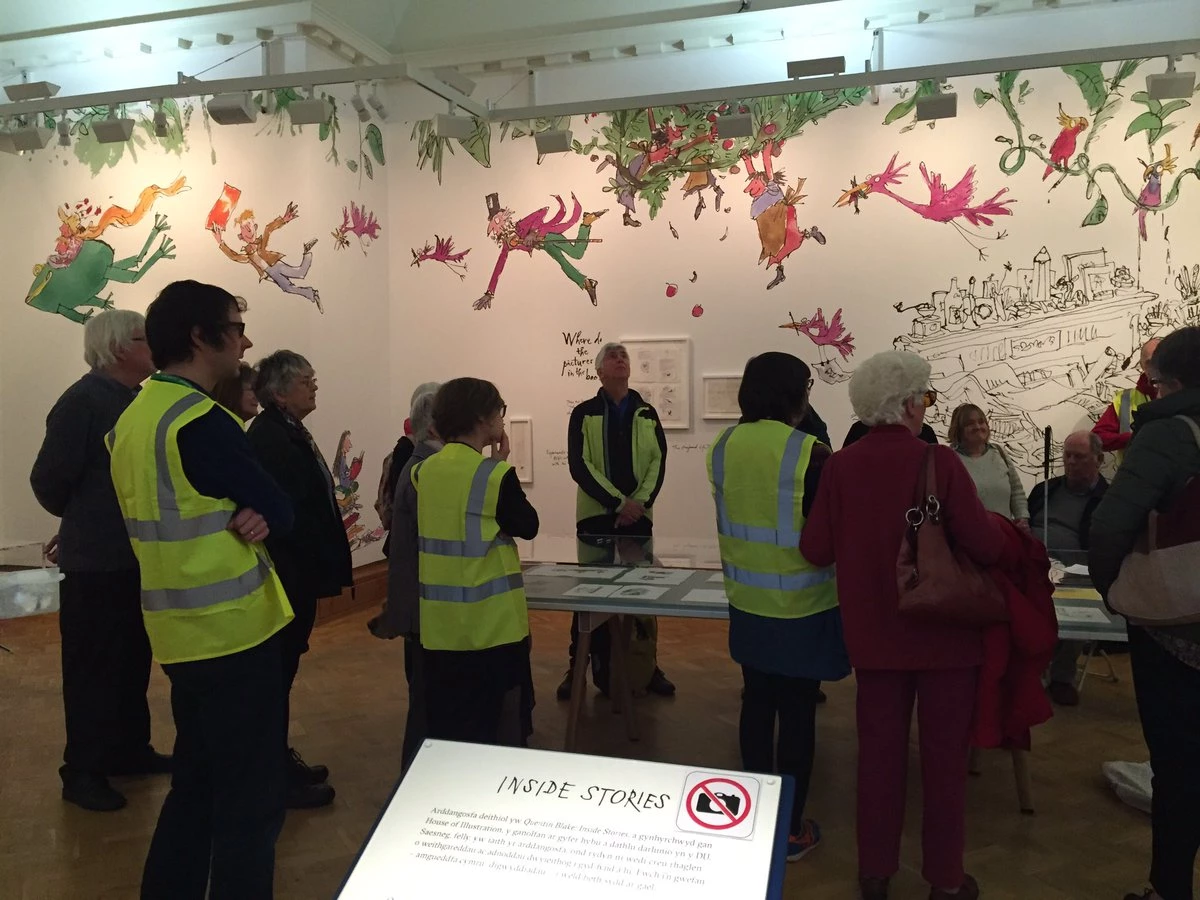If you’re a regular visitor to our blog pages, you may have read about our work to improve the visitor experience for those who are blind or visually impaired. We’ve had training with Cardiff Institute for the Blind, worked with our Youth Forum to make our art galleries more accessible and even discovered a specially created exhibition from the 80s.
We were proud to host RNIB Cymru’s launch event introducing a series of Welsh-language Roald Dahl Talking Books. The RNIB’s Talking Books (neu Llyfrau Llafar yn Gymraeg) scheme offers a library of over 25,000 free audiobooks that helps create a lifeline to the outside world for people who are blind or partially sighted. The service’s 6,000 customers will now be able to listen to Dahl’s stories in Welsh for the first time.
At the launch, there were inspiring talks from RNIB staff, S4C announcer/Talking Books narrator Huw Charles and a long-time Talking Books subscriber who shared just how big a difference the service can make to people’s lives.
We were then treated to readings from The BFG and Jiraff, a'r Pelican a Fi by Melangell Dolma, a Welsh-language Talking Books narrator, who demonstrated how expressive and engaging Talking Books can be.
Following the event in the Main Hall, we ran brief audio description tours of our illustration exhibition, Quentin Blake: Inside Stories. The tours were designed to offer a taster of our audio description gallery tours, which are now on offer to the public. As the day was a celebration of Roald Dahl, we focused on Blake’s illustrations from two Roald Dahl stories.
First we explored artworks from The Twits, describing how Blake captures the mean and disgusting title characters using scratchy lines and drab watercolours.
To add a tactile element, we passed around several tools that Quentin Blake might use, including watercolour paint brushes, metallic dip pens and feather quills. The brave among the group were also given the opportunity to sample the scent of Mr Twit’s beard, a striking blend of sardines and Stilton cheese.
Finally we moved on to illustrations from Matilda, focusing in particular on Matilda’s tyrannical head teacher, Miss Trunchbull. The story is one of Roald Dahl’s most popular books and was a fitting end to the morning of Dahl-themed fun. The tour was then repeated for our Welsh-speaking visitors.
We were also lucky enough to welcome RNIB Connect Radio, who did a segment on the launch, including interviews with visitors and members of staff. The comments from CIB member and good friend (along with our number one canine visitor) Sian Healy showed how the tour made Quentin Blake’s work more accessible to people with visual impairments.
“Through the description that the guide gave us of what was in the picture,” she said. “I could piece it together and know what I was seeing. I got the feel of the whole energy of the painting. And that’s what Quentin Blake can give, that energy”.
Sian also said some very kind things about her role in helping us develop these tours, proving that, although we still have a lot to learn, we’re certainly on the right track.
“I’ve thoroughly enjoyed being involved, getting to know the staff here, getting to know more about the Museum …It’s been lovely to have this sort of response from the Museum who have really embraced the idea of making the Museum accessible with these tours.”
Our audio description tours run once every other month. For more information and future dates, please call (029) 2057 3240.
